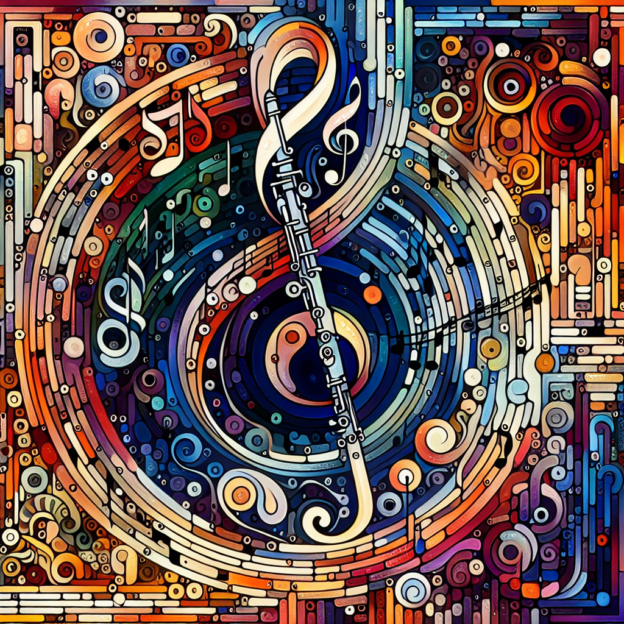The historical significance of the D# Harmonic Major scale on clarinet music goes beyond theory, weaving a rich story of artistry and craftsmanship. This unique scale, brimming with character and depth, has left its mark on numerous beloved compositions. Let's explore its fascinating journey!

Clarinet Fingering Charts are always FREE at MartinFreres.net!
Understanding D# Harmonic Major
Let's unpack what makes the D# Harmonic Major scale so special. Its unique sound stems from its composition: D#, F#, G#, A#, C#, and the raised seventh, C natural. This raised seventh is the secret ingredient, adding a touch of exotic flavor that immediately catches the ear. The combination of major tonality and this distinctive note creates a truly captivating sound palette.
Emotional Depth in Clarinet Music
For clarinetists, mastering this scale goes beyond technical proficiency. It's about embracing the emotional range it offers. Renowned composers like Sergei Rachmaninoff and Aaron Copland have woven variations of this scale into their works, creating unforgettable passages that highlight the clarinet's lyrical potential. Imagine the depth a clarinetist can bring to Rachmaninoff's expressive melodies using the D# Harmonic Major scale – it's truly mesmerizing!
Mastering the Scale
As a clarinetist, here's how you can make the most of the D# Harmonic Major scale:
- Start slow: Focus on tuning each note, especially the C natural.
- Gradually increase speed: This improves familiarity and overall dexterity.
- Experiment with vibrato and dynamics
- Try different articulations: Explore legato phrases and staccato bursts
Historical Context
The early 20th century saw a surge in clarinet compositions. Interestingly, jazz musicians of the era began incorporating the D# Harmonic Major scale into their improvisations. Can you imagine a clever clarinet riff using this scale stealing the spotlight during a performance? It's a goldmine for creative expression!
| Era | Usage of D# Harmonic Major |
|---|---|
| Classical | Expressive melodies, emotional depth |
| Early 20th Century | Jazz improvisations, experimental compositions |
| Contemporary | Film scores, modern orchestral works |
Contemporary Relevance
The D# Harmonic Major scale continues to shape modern music. From film scores to cutting-edge orchestral compositions, it inspires both composers and performers. The clarinet's adaptability shines through this evolution, showcasing the enduring appeal of this unique scale.
Conclusion
The impact of the D# Harmonic Major scale on clarinet music is undeniable. From its compositional roots to its vibrant presence in today's musical landscape, it has proven its staying power. Every time a clarinetist plays this scale, they're not just producing notes – they're sharing a piece of musical history. Why not give it a try yourself? After all, music is all about the experience!
Table of Contents
- Understanding D# Harmonic Major
- Emotional Depth in Clarinet Music
- Mastering the Scale
- Historical Context
- Contemporary Relevance
- Conclusion








